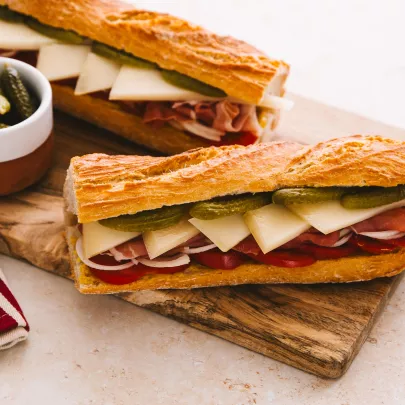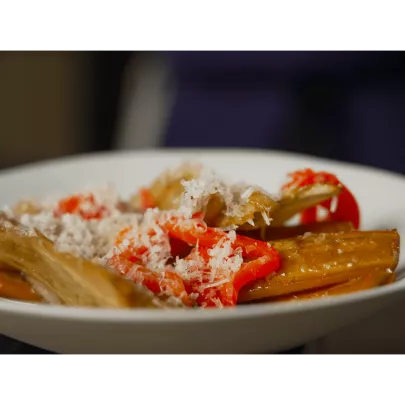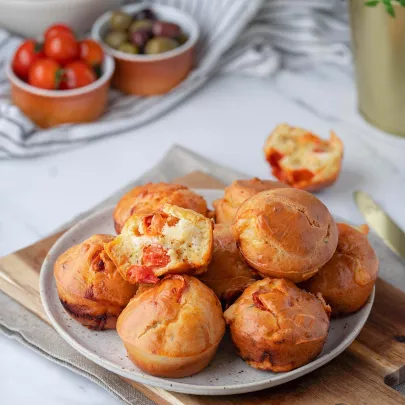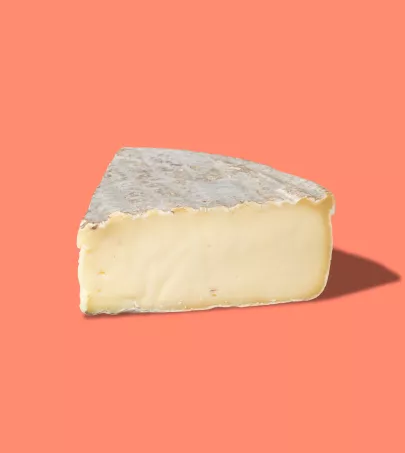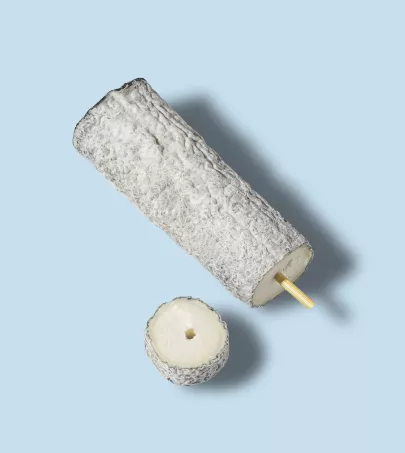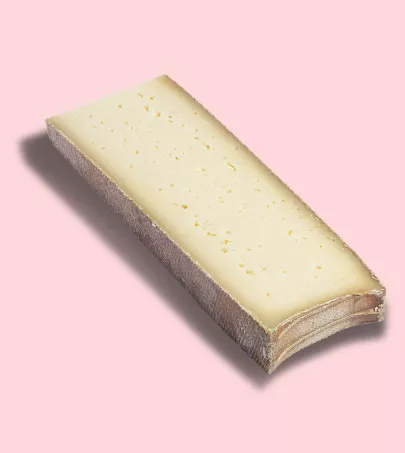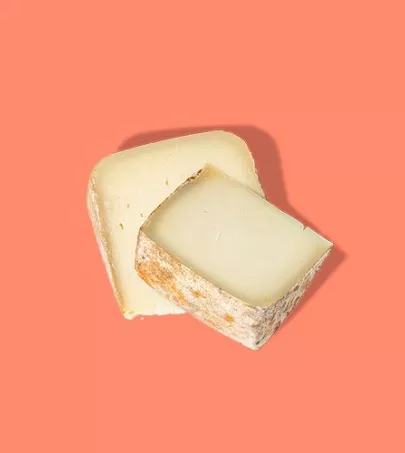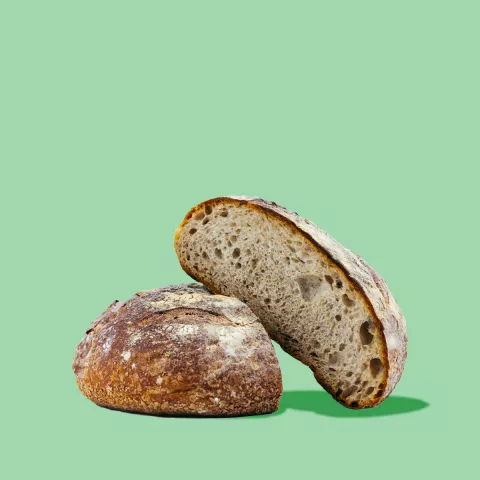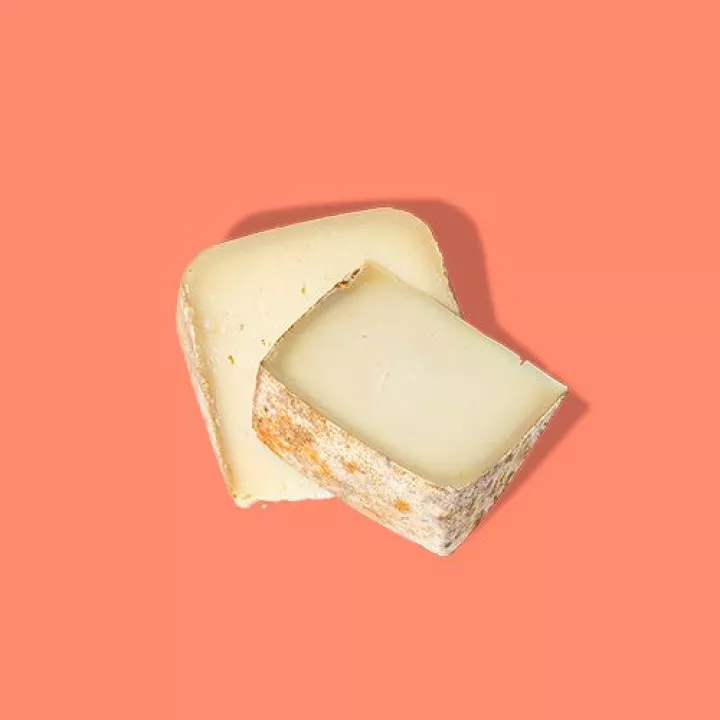
Ossau-Iraty PDO
Nouvelle Aquitaine
This cheese has become the ambassador of a whole region! Produced in the southwest of France, near the Spanish border, between the Basque Country and Bearn, Ossau-Iraty is a pressed cheese, farmstead- or dairy-produced. Made from raw milk from local ewes and matured for at least 2.5 months, it comes in the form of small or large tommes, which are supple with hints of hazelnut flourishes in salads, with cold cuts, in a soup...
What you need to know
From time immemorial, there have been sheep's cheeses in this western part of the Pyrenees. The region lends itself quite well to this. Significant rains and mild temperatures favor grasslands and therefore dairy farms. Today, the Ossau-Iraty AOC, obtained in 1980 and followed by a PDO in 1996, designates the appellation area as 372 municipalities in the Basque Country and Bearn. There, nearly 1,800 shepherds raise their local breed of sheep to provide the whole raw milk needed to make Ossau-Iraty. This is done either on the farm by the breeders themselves or at the cheese dairy. In all cases, the milk is heated and mixed with rennet to solidify it. The curd formed is cut in small grains and the whey is separated out. This preparation is then molded in small (approx. 2kg) or large (approx. 5kg) sizes, pressed, drained and salted. This is followed by a maturing period of 2.5 to 12 months, during which the cheeses are carefully rubbed and turned over to ensure even maturation. Once in the kitchen, it’s all a matter of taste.
Characteristics
Look
Touch
Taste
Nutritional benefits
While it is very rich, the Ossau-Iraty is still useful for the body by providing proteins, calcium, phosphorus, B vitamins, etc.
Editor's note
How to use
Storage
Several weeks in the refrigerator.
Preparation
As with many meats, we recommend letting Bresse poultry rest at room temperature for one to two hours before cooking.
Use
Most often raw, sliced on cold cuts or in a sandwich, grated into a soup, etc.
Pair with
With tomatoes, Bayonne ham, black cherry jam, melon, fresh figs, quince paste... And, in the glass, stay in the Nouvelle Aquitaine region: accompany your Ossau-Iraty with a white Irouléguy

